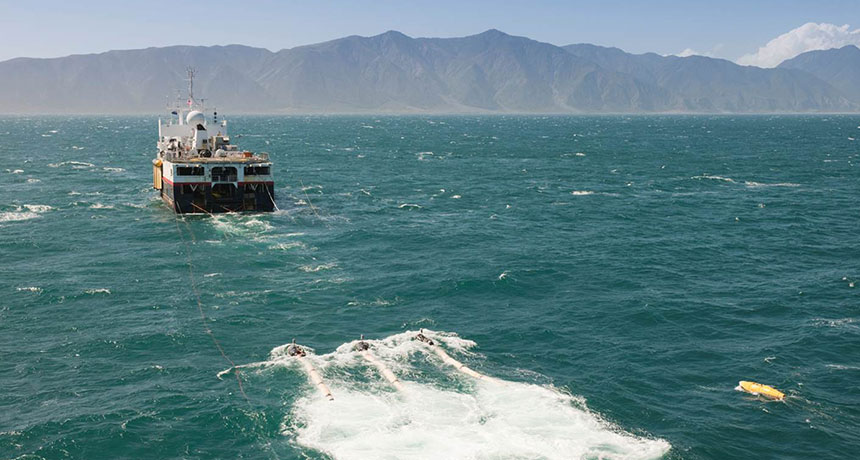
SHAKY GROUND Researchers drag sensors across the ocean near New Zealand to study ocean floor vibrations, adding data to the debate about how the Earth moves deep underground.
NZP&M

SHAKY GROUND Researchers drag sensors across the ocean near New Zealand to study ocean floor vibrations, adding data to the debate about how the Earth moves deep underground.
NZP&M